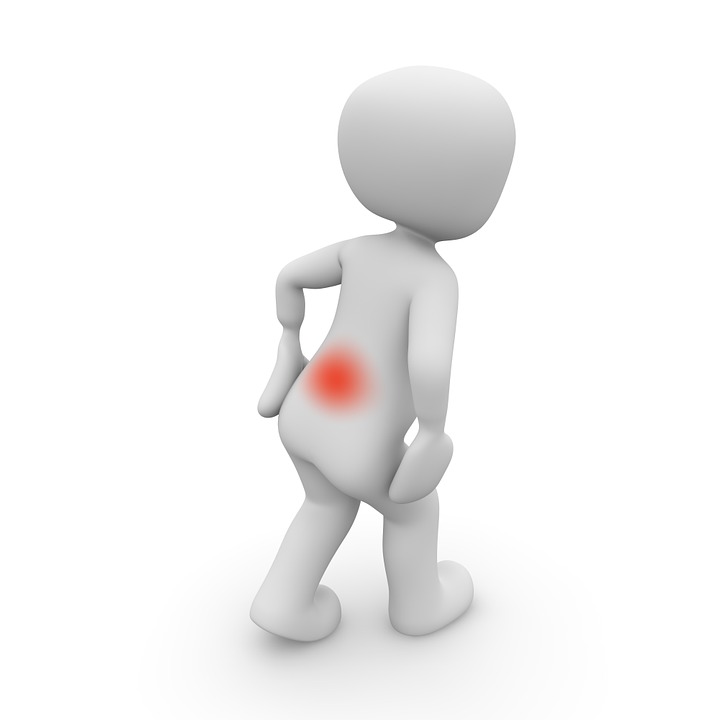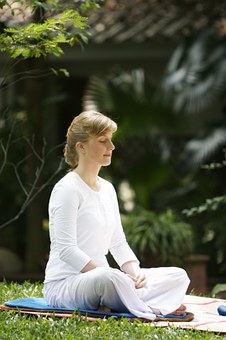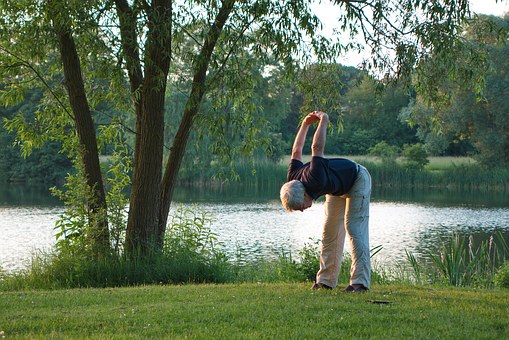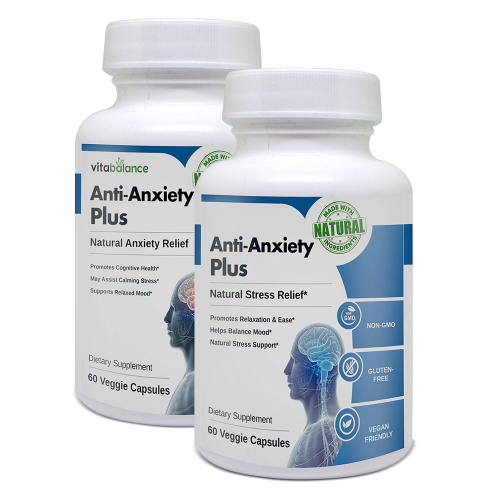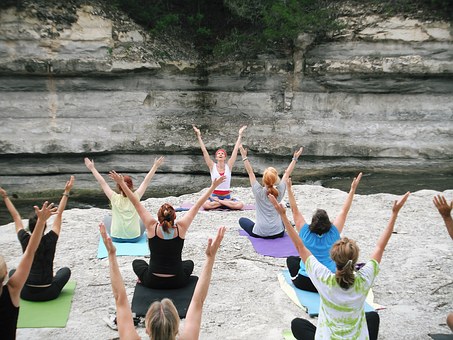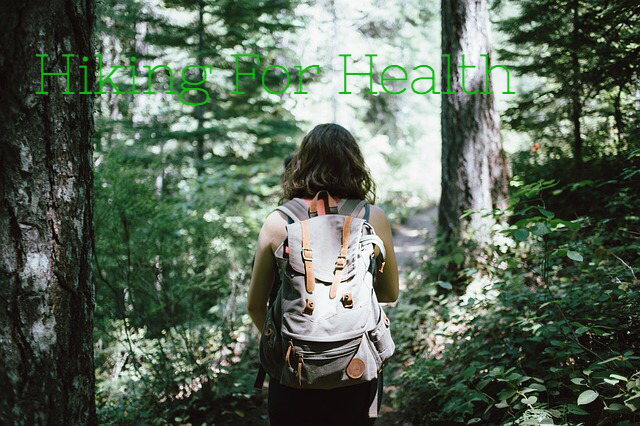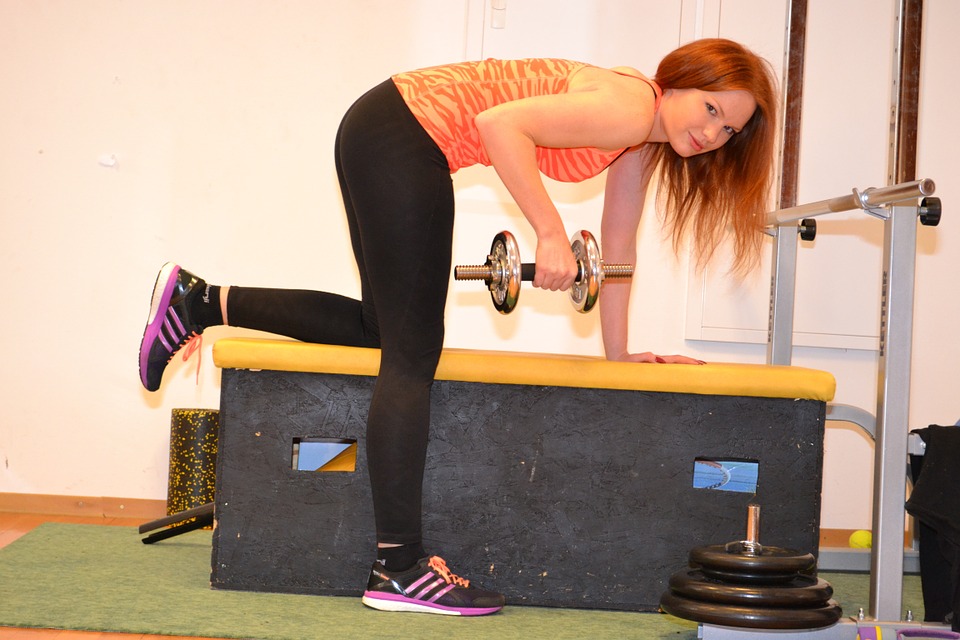The Problems Of Lower Back Pain
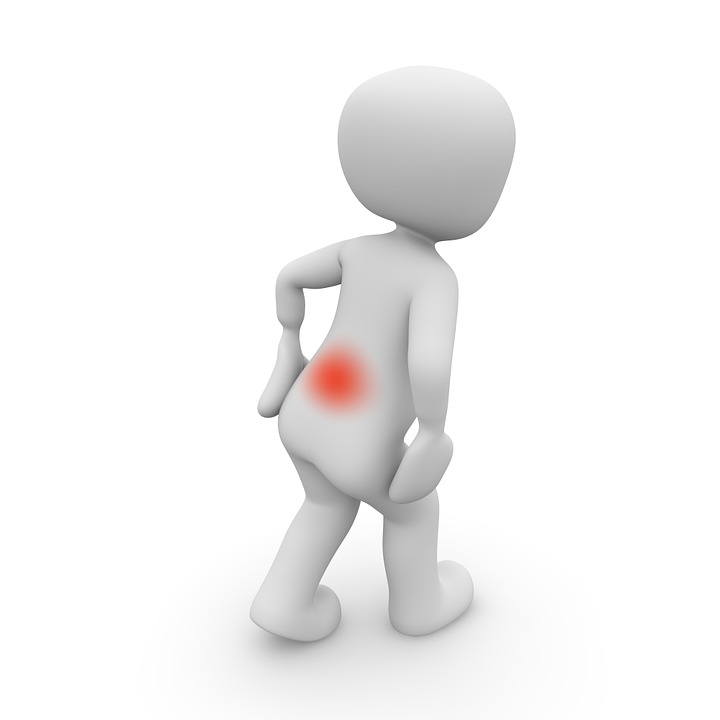
If you have ever woken up with sudden back pain, or made a twist that left you practically immobile and in agony for hours you know how this situation can basically bring life to a sudden halt. Back pain is one of the most common health problems and accounts for many of the work absences in recent years.
Many people will lose hours of work, and for some people, the problems can seen impossible to overcome. Even though it might seem bleak for some, there are a few things that you can do to help reduce the chances of your sustaining certain types of injuries. There are also a few different types of exercise and therapy that you can try. If you keep reading this article, you’ll find a few tips for managing lower back pain and also greatly reducing the pain.

How Pain in the Lower Back Affects Your Mobility
Your lower back and its health can impact your mobility in ways that you’ll never think of until you experience it. This is because that part of your back supports a large portion of your weight, and it’s full of complex organs and tissues.
A sensitive part of your nervous system also resides in your back. Your spine is like a fibrous highway that is constantly sending information up and down the line. Any damages to that area can be life-changing. Being able to properly bend and twist is extremely important, and you might have to train yourself you be more careful than you are used to being in certain situations.
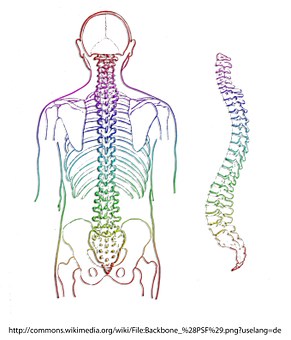
1. Symptoms
Although some things about back pain tend to be self-explanatory, it’s always a good idea to think about further specifics to help narrow down the amount of things that could be causing the pain. The following are specific symptoms to consider.
● You have muscle soreness
● You have sudden shooting pains
● You have pain that spreads to your legs
● You have pain that gets worse when you’re doing any kind of activity
● You have pain that goes away when you lean back
If you are experiencing any or all of these symptoms, then the following information most likely applies to you.
2. Causes
Back pain can be caused by a variety of things, but the most common factors will be discussed here. In most cases a doctor will have the ability to find out where the site of the injury might be, and ask you questions to determine what the original cause might have been. A few of the causes might be:
You pulled a muscle or ligament.If you make sudden movements that aren’t balanced, or you are repeating certain movements, you could be exposing yourself to the possibility of injury. Being out of shape can make these kinds of injures more difficult to heal from because of the constant strain that is being placed on your fragile spinal tissues. A wrong move can send extremely unpleasant sensations tearing through your body.
Your vertebrae or the soft tissues between them are damaged. As people get older, the soft tissues often referred to as disks can become damaged. When this happens, the weight of you upper body can press down onto the bones and cause them to grind into each other. Obviously, that’s something that would be extremely painful, so it’s important to get that looked at immediately.
Arthritis. Arthritis is one of the most common causes of back pain. When it sets into the back, it can shrink some of the pathways that are needed for a healthy functioning back.
Skeletal malformations. There are various types of growth issues that can affect your spine. Is you develop a curvature to your spine, it can easily cause pain that disrupts your life.
Osteoporosis. This can cause your spine to develop tiny breaks and hairline fractures that can cause you pain.
3. Diagnosis
Whether or not you have figured out exactly where your back pain is coming from, it is important to get proper diagnosis from a doctor. This can help to rule out other potential causes, and start working on managing the pain. They will have a few methods that allow them to make determinations about where you are injured as well. A few of them are:
X-ray. This method has always been a good one for these types of injuries because it can allow the doctor to see your skeletal structure and if there is damage that has taken place recently. This can also help them to find issues that you might not have been aware of yet.
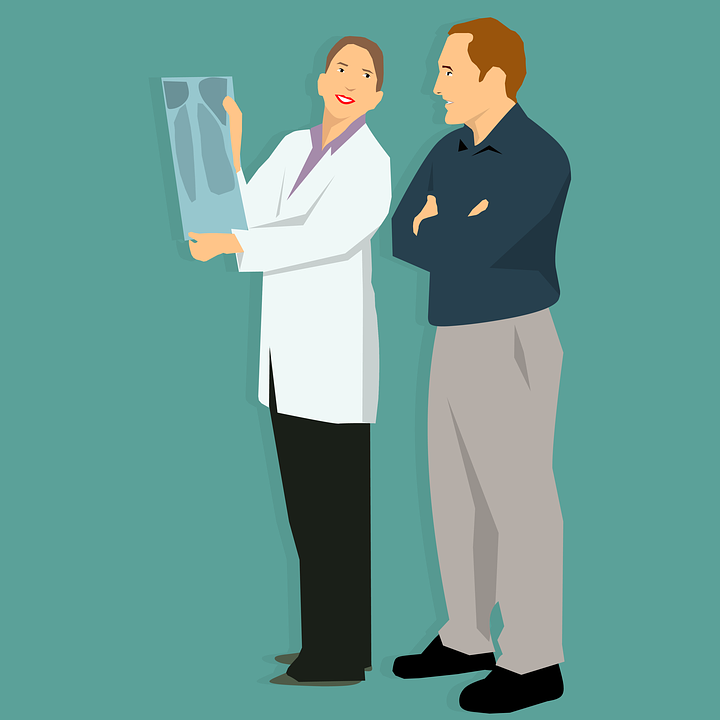
MRI Scans. An MRI can help to create an image of what’s going on inside your body and are more detailed than x-rays. They can even look at nerve endings and blood vessels to see if the issues are related to those tiny parts of your body.
Electromyography (EMG). EMG measures the electrical signals created by your nerves and can keep track of how your muscles are being affected. These kinds of tests are important for catching different types of damage that are caused by nerve issues. They can also reveal when your disks have been compressed.
Treatments for lower back pain
Just because you are experiencing pain doesn’t mean that you have to live with it. There are a number of ways that you can get some relief, and in some cases it might be completely necessary for healing. You doctor may help you find a treatment that helps your lower back pain and some of the things he may suggest are as follows…
Medication
Narcotics. Drugs that are relatively powerful might be useful for a short time. If you are prescribed Opioids, then it will be overseen by a medical professional due to the addictive nature of the medication.
Over-the-counter pain relief. Nonsteroidal anti-inflammatory drugs like as ibuprofen are some of the most common ways that people use to deal with pain of this type. Although it has less danger associated with it than narcotics, taking too many of them can seriously affect your health. Be sure to keep the doses to their approved amounts.
Topical pain relievers. Creams that limit pain are the second most popular method of reducing back pain. These are used by rubbing directly onto the site of the pain.
Natural Remedies
Improve Your Posture
Poor posture is one of the leading causes of back pain as well. If you sit incorrectly for long periods of time, you can strain the muscles that are connected to your spine. If you’re not balanced on both sides properly and you get up too fast, there is a high risk of something being pulled. Sit upright when you’re reading or doing any kind of focused activity.

Core Exercise
One of the most criminally overlooked parts of back health is core exercise. When you have a strong core, your muscles wrap and protect things. They also help to keep your organs and tissues in place so they are less able to be shocked, crushed or pinched in between bones.
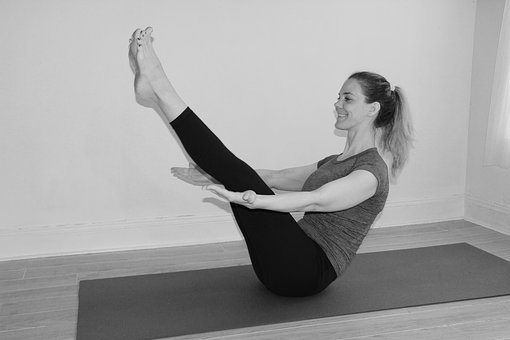
Get a Massage
Massage is an ancient art that helps to improve your muscle and circulatory health. Studies have shown that even one massage per week can greatly reduce pain in your body. You can even find people who are specially trained to correct spinal malformations through manipulation. Many patients have reported increased mobility after spinal manipulation sessions.
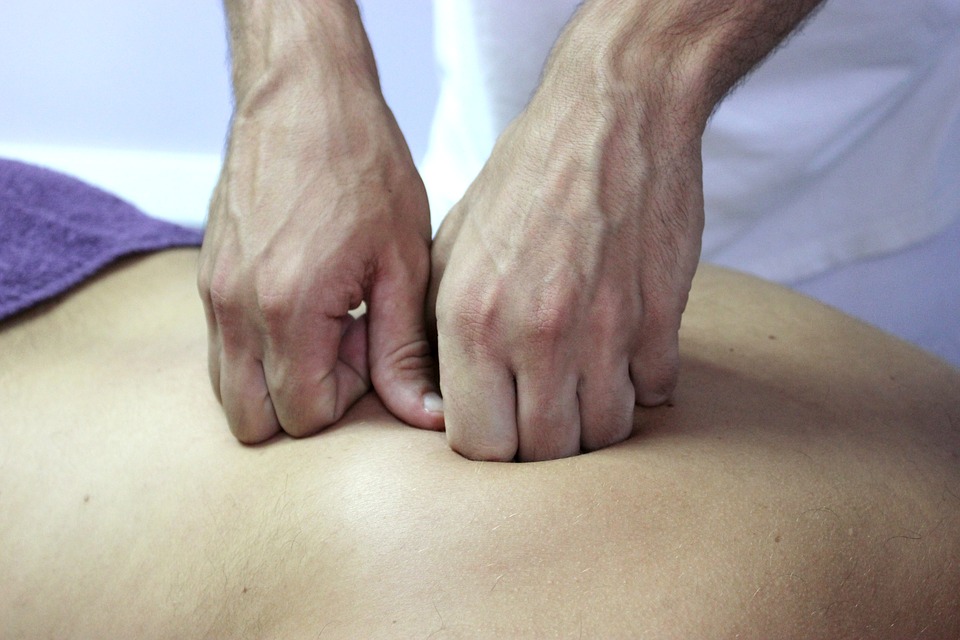
Get Better Sleep
Sleep is an important part of your back health as well. It takes time to find a proper sleep position that will work for you, but lying on your side is one of the best ways to sleep. Be aware of where the pressure is located when you get in bed, and be sure to correct anything that is causing it.
If you have been diagnosed with or think you may have a type of lower back pain called Sciatica find out below how you can get rid of this pain and start to live your life pain free again.

